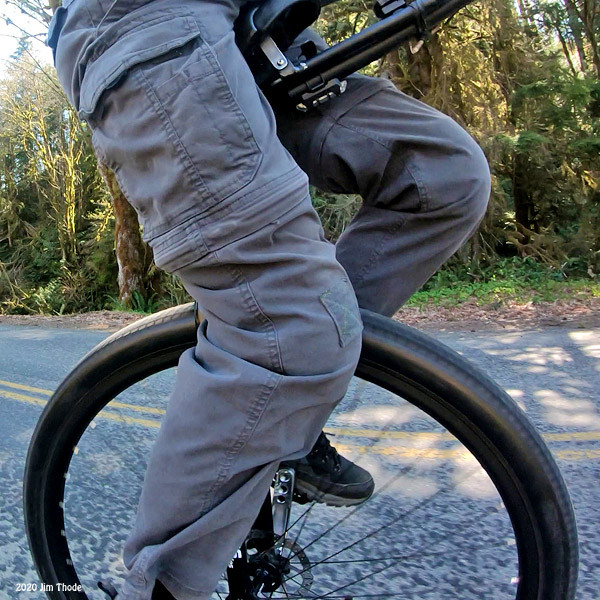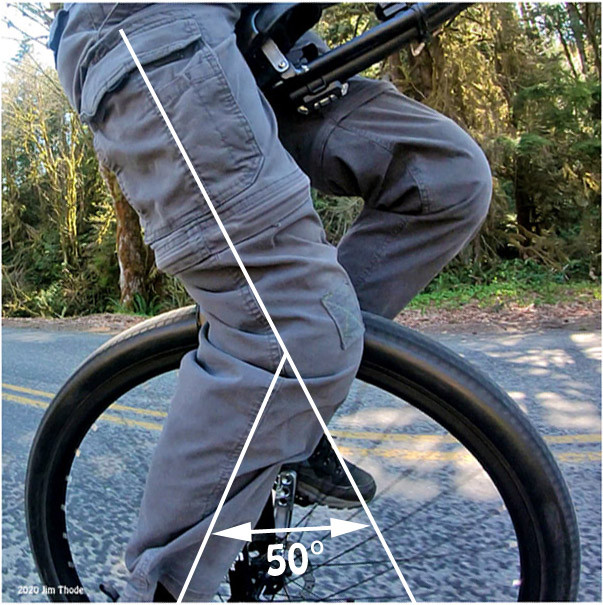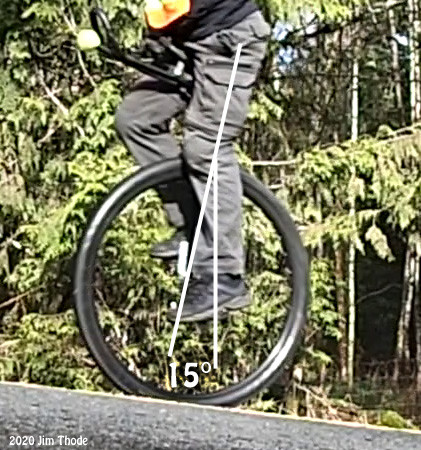I got into unicycling many years ago but from a road-bicycling background. I have always set my saddle height according to the road cyclist’s rule of thumb: sit on the saddle with your leg comfortably straight. If you can rest your heel on the pedal at the bottom of its travel, the seat height is about right.
However, this rule was developed for bikes, where the standard crank length is around 170mm, and where more torque is needed because of the gearing.
I imagine that 170 mm is approximately the most efficient crank length for an average-sized adult male rider on a bicycle. I have no idea how much research has been done, but if there were a significant gain to be made with shorter or longer cranks, the market standard would have developed accordingly.
I’ve always preferred riding my 36 on 150s. I have found in the past that putting the pedals in the “short holes” makes the uni rideable, but hard work.
The other day, I swapped the pedals to the short holes but did not bother to raise the saddle. This meant that ”” according to the road bicycle rule ”” the seat was too low because the pedal at the bottom of its travel was now about 25mm nearer to the seat. To my surprise, it was easier to ride, and seemed disproportionately faster.
I’ve not ridden with many other unicyclists, and I’ve always ploughed my own furrow (US = “plowed”) but I wonder if I’ve missed a trick here.
For those of you who mainly ride distance, rather than technical trails, what “rule” do you apply to adjusting seat height when you put different cranks on? If you reduce your cranks by 25 mm, do you leave the seat the same, or raise it by 25 mm, or somewhere in between? What if the change in crank length is greater than that?
Thanks


